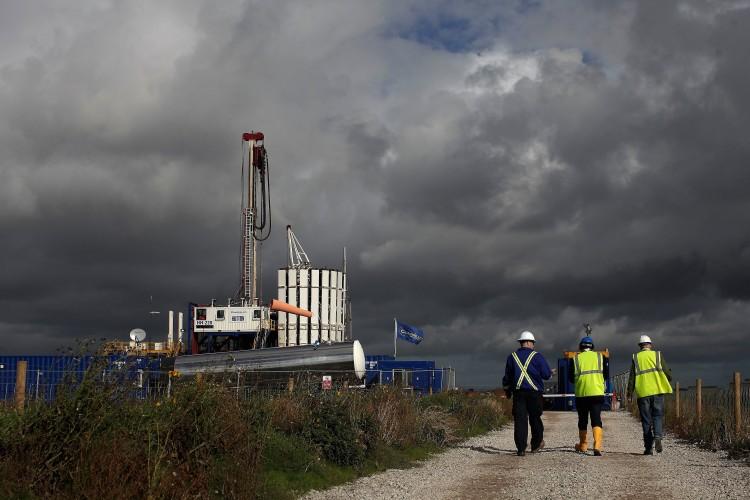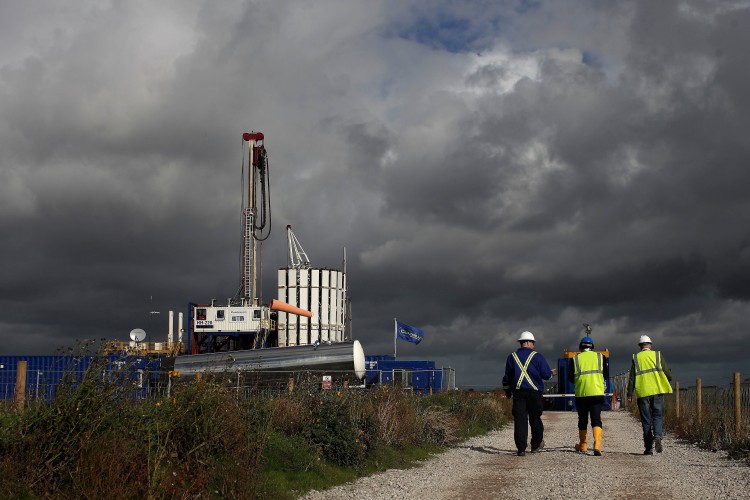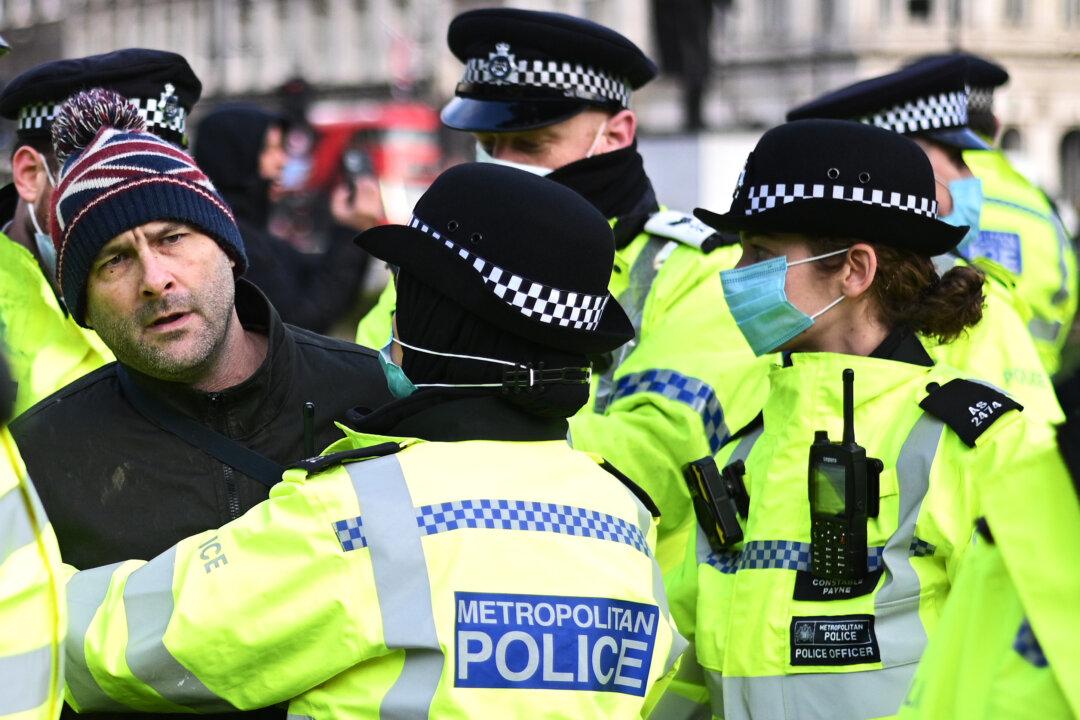Fracking, the controversial shale gas extraction method suspended in the UK following earth tremors last year, could resume in the UK, recommends a report delivered to government by experts.
Fracking Can Resume in UK Despite Blackpool Earthquakes Says Report
Fracking, the controversial shale gas extraction method suspended in the UK following earth tremors last year, could resume in the UK, recommends report.

Controversy continues over the safety of the Cuadrilla shale fracking facility in Preston, Lancashire. Mathew LLoyd/Getty images
|Updated:






